When you’re exporting products from India to the USA using ocean freight, understanding shipping charges is critical. These charges play a significant role in determining your overall shipping efficiency and costs. Among the various fees involved, storage, demurrage, and detention charges are often the most misunderstood yet impactful.
Each of these charges arises from delays or extended use of containers and facilities, potentially affecting your profit margins and delivery timelines. By understanding the differences between these charges, you can better manage your shipping process, avoid unnecessary expenses, and ensure smooth delivery of your goods. This guide will clarify these charges and help you navigate the complexities of ocean freight.
Understanding Demurrage Charges
Demurrage refers to a fee imposed by shipping lines when a container remains at the port terminal beyond the allowed free days. These free days are typically provided to facilitate the unloading, customs clearance, and transport of goods to their final destination. However, if the container isn’t picked up or cleared within this period, demurrage charges are applied daily. Essentially, it’s the cost of occupying valuable terminal space.
Conditions Under Which Demurrage is Incurred:
- Customs Clearance Delays: If your shipment gets held up for inspection or documentation issues.
- Port Congestion: Busy ports may lead to slower processing times.
- Lack of Transport Availability: When there’s a delay in arranging transport to move the goods out of the port.
- Incomplete Documentation: Missing or incorrect paperwork can halt the process, leaving your container at the terminal.
How Are Demurrage Charges Calculated?
These charges compensate the shipping line for the delayed use of its containers or equipment. The calculation typically involves:
- Free Time: Each shipping line specifies a free time period (e.g., 3–7 days) for cargo to be moved. Beyond this period, demurrage charges apply.
- Daily Rates: The charges are calculated based on a daily rate set by the shipping line, which varies by container type (e.g., 20-foot, 40-foot) and port location.
- Duration: Demurrage is calculated as the daily rate multiplied by the number of days the container remains at the terminal beyond the free time.
Example: If the free time is 5 days, and a container remains for 7 days with a daily demurrage rate of $50, the total charge would be:
2 days x $50/day = $100.
What is the Impact of Demurrage on Supply Chain and Logistics?
Demurrage can significantly affect your supply chain efficiency. The costs add up quickly, especially for large shipments or prolonged delays, cutting into your profit margins. Furthermore, delayed cargo can disrupt your delivery commitments, strain relationships with clients, and tarnish your reputation as a reliable exporter.
Efficient planning and proactive communication with customs and logistics providers can help you avoid or minimize these charges, ensuring a smoother supply chain.
Understanding Detention Charges
Detention charges are fees imposed by shipping lines when you keep a container beyond the agreed free period outside the port. Once a container is picked up from the terminal for unloading or loading at your premises, it’s expected to be returned within a set timeframe. If you exceed this period, detention charges apply as compensation for the container’s unavailability for other shipments.
Responsibility for Detention Charges
As the shipper or consignee, you are responsible for detention charges. These fees are directly tied to how long you use the shipping line’s container outside the port, making it crucial to manage container handling efficiently. Any delays caused by your side, such as late unloading or reloading, will result in additional costs that are borne by you.
Conditions Under Which Detention is Incurred:
- Delays in Unloading: If your warehouse or facility takes too long to unload goods from the container.
- Late Reloading for Export: When you’re exporting goods and fail to return the empty or loaded container within the allotted free time.
- Transportation Challenges: Issues such as vehicle breakdowns or scheduling conflicts can lead to extended container use.
- Incomplete Documentation: Missing customs or regulatory paperwork can delay container return timelines.
Minimizing Detention Costs
Detention fees can add up quickly and eat into your profits. To avoid these costs:
- Ensure that your warehouse and labor teams are prepared to handle containers promptly.
- Plan transportation schedules in advance to avoid unexpected delays.
- Double-check all shipping documentation to avoid administrative holdups.
By managing your container usage efficiently and staying within the free period, you can save on detention costs and streamline your export operations.
How Are Detention Charges Calculated?
This fee ensures that containers are returned promptly for reuse. The calculation involves:
- Free Days: Shipping lines provide a set number of free days for unloading and returning the empty container.
- Daily Detention Rate: Detention fees are charged per day after the free period ends and are based on the type and size of the container.
- Total Duration: The total detention charge is calculated by multiplying the number of days the container is overdue by the daily rate.
Example: If the free time is 7 days, and the container is returned after 10 days with a daily rate of $40, the total detention charge would be:
3 days x $40/day = $120.
Understanding Storage Charges
Storage charges are fees levied by ports for keeping your containers or cargo within their premises beyond the allotted free storage period. These charges are typically applied to cover the cost of using the port’s space and facilities. Free storage days vary based on the port’s policies, the shipping line, and the type of cargo. If your goods remain at the port terminal or yard longer than permitted, storage fees are incurred on a per-day basis.
Conditions Under Which Storage Charges Apply:
- Delays in customs clearance.
- Scheduling conflicts with transport to move goods out of the port.
- Unavailability of required documentation for cargo release.
- Port congestion or operational delays.
Role of Ports in Applying Storage Charges
Ports impose storage charges to ensure efficient use of space and resources. Since terminal yards have limited capacity, these fees act as a deterrent against prolonged occupancy. By charging for extended storage, ports encourage faster cargo movement, allowing them to handle higher shipping volumes.
Comparison of Port and Terminal Storage Practices
While both ports and terminals charge for storage, their practices can differ:
- Ports: Storage charges at the port typically cover the general cargo area and container yards. Ports may provide standard free storage days, but these vary across locations and depend on factors like cargo type and port traffic.
- Terminals: Terminal operators, often under agreements with shipping lines, may impose their own storage fees. These are usually separate from port charges and are specific to the container’s location within the terminal facilities.
How Are Storage Charges Calculated?
These charges are meant to cover the cost of space and facility use. The calculation includes:
- Free Storage Period: Ports and terminals provide a limited number of free storage days, which varies depending on the port and cargo type.
- Storage Rate: A fixed daily rate is charged based on the volume or weight of the cargo, or the container size and type.
- Days of Storage: The total storage charge is the product of the daily rate and the number of days the cargo remains in storage beyond the free period.
Example: If the free storage time is 5 days, and cargo is stored for 8 days at a daily rate of $30, the total storage charge would be:
3 days x $30/day = $90.
Example Scenario: Demurrage, Detention & Storage Charges
Imagine you are exporting furniture from India to the USA using Full Container Load (FCL) shipping. Here’s a single scenario that illustrates how demurrage, detention, and storage charges can occur:
- Arrival at the Port
Your container arrives at the Port of Los Angeles, and the shipping line allows 5 free days for customs clearance and container pickup. However, due to a delay in submitting the required customs documents, the clearance process takes 8 days.- Demurrage Charge: Since the container remains at the port terminal for 3 extra days beyond the free period, you are charged a daily demurrage fee by the shipping line for occupying port space.
- Container Picked Up
Once customs clearance is complete, the container is picked up and transported to your client’s warehouse. The shipping line grants another 5 free days for unloading and returning the empty container. However, the warehouse takes longer than expected to unload due to labor shortages, and the container is returned after 8 days.- Detention Charge: The shipping line imposes detention fees for the 3 extra days you kept the container outside the port beyond the free period.
- Storage at the Port
Separately, before customs clearance was finalized, the port authority charged storage fees for keeping your goods in the port’s storage facility for the 3 days they remained beyond the free storage period.- Storage Charge: The port levied a per-day fee for using its storage facilities while the container was waiting for customs clearance.
Summary
- Demurrage: Fee for the extra time your container stayed at the port terminal (3 days).
- Detention: Fee for the extra time you kept the container outside the port (3 days).
- Storage: Fee for the goods occupying port storage space during customs delays (3 days).
Proper planning, timely customs documentation, and efficient unloading can help you avoid these charges and keep your shipping costs under control. To navigate these challenges effectively, partnering with a reliable logistics provider is essential.
Choose Intoglo for Seamless Shipping
Intoglo is your one-stop solution for door-to-door shipping and customs clearance between India and the USA. Unlike traditional agents, Intoglo works directly with shipping lines, truckers, and customs brokers to eliminate delays and reduce costs.
- No Middlemen: Intoglo works directly with truckers, custom brokers, and truckers to avoid delays and extra cost.
- Global Team Support: With teams operating across India and USA time zones, you’ll have real-time support to resolve any queries seamlessly.
- Instant Rates: Get immediate FCL shipping rates for the India-to-USA trade lane, streamlining your decision-making process.
- Extensive Warehouse Network: With over 50 warehouse locations in the USA, Intoglo ensures efficient storage and distribution, making your logistics smoother than ever.
Comparative Analysis: Demurrage, Detention, and Storage
The table highlights the key differences and similarities, enabling you to better manage each type of charge and maintain a cost-efficient shipping process.
| Aspect | Demurrage | Detention | Storage |
| Definition | Fees for keeping a container at the port terminal beyond the free days. | Charges for using a container beyond the free period outside the terminal. | Costs for storing containers or cargo at the port beyond the free period. |
| Location | Port terminal or container yard. | Outside the terminal (e.g., your warehouse or facility). | Within port premises or storage yards. |
| Responsible Party | Shipper or consignee. | Shipper or consignee. | Shipper or consignee. |
| Trigger | Delays in customs clearance, port congestion, or transport arrangements. | Delays in unloading, reloading, or returning the container. | Delays in picking up goods from the port. |
| Free Period | Varies by port and shipping line, typically 3–7 days. | Determined by shipping line; often 3–5 days. | Set by the port authority; varies across ports. |
| Costs Accrue When | Container stays at the terminal after free days expire. | Container is not returned within the allocated time after leaving port. | Goods or containers remain in port storage beyond free days. |
| Who Imposes the Fee | Shipping line. | Shipping line. | Port authority or terminal operator. |
| Common Causes | Customs delays, incomplete documentation, port congestion. | Warehouse or transport inefficiencies, scheduling delays. | Lack of timely transport, customs hold-ups, or congestion. |
| Impact on Supply Chain | Increased costs, delayed delivery, and potential client dissatisfaction. | Higher costs, disrupted timelines, and reduced container availability. | Additional expenses, potential delays in downstream logistics. |
| How to Avoid It | Ensure timely customs clearance, plan logistics, and monitor deadlines. | Efficient unloading/reloading, managing transport schedules effectively. | Arrange transport early, confirm documentation, and clear customs swiftly. |
Global Considerations and Variations
When exporting goods from India to the USA or other destinations, it’s essential to understand that shipping charges like demurrage, detention, and storage can differ widely across international ports. These variations are influenced by local policies, port infrastructure, and regional economic factors. By recognizing these global differences, you can make informed decisions and optimize your shipping processes.
International Differences in Charge Structures
The structure and application of demurrage, detention, and storage charges vary significantly across countries and regions. These differences arise due to variations in port policies, shipping line agreements, labor costs, and regulatory frameworks. Some ports may offer extended free periods, while others impose higher charges to incentivize faster cargo movement.
For instance:
- In developed ports like Rotterdam or Singapore, free periods might be shorter, but operational efficiency ensures smoother cargo movement.
- In developing regions, longer free periods may be offered due to slower processes, but the charges after the free period can escalate rapidly.
Now let’s understand this with an example in some major global ports.
- Port of Los Angeles (USA): Demurrage and storage charges can be high, with strict regulations for container handling, but delays often occur due to congestion.
- Jawaharlal Nehru Port (India): Offers moderate free periods, but delays in customs clearance or congestion can result in significant charges.
- Port of Rotterdam (Netherlands): Known for high efficiency but short free periods (typically 3–5 days). Demurrage and storage charges are steep to encourage swift turnover.
- Port of Shanghai (China): Offers competitive rates and slightly longer free storage days due to high cargo volumes and efficient handling systems.
Factors Contributing to Charge Discrepancies
Several factors influence variations in charge structures across global ports:
- Port Infrastructure and Efficiency: Well-equipped ports with advanced technology can handle cargo faster, reducing free periods and increasing penalties for delays.
- Regional Labor Costs: Higher labor costs in developed countries often translate to higher demurrage, detention, and storage fees.
- Cargo Volume and Congestion: Ports handling high cargo volumes may impose stricter timeframes and higher fees to manage space effectively.
- Government Regulations: Local regulations may dictate the limits on free periods and charge rates, leading to regional differences.
- Shipping Line Policies: Each carrier has its own agreements with ports, resulting in variable terms for free periods and penalty structures.
Top 5 Tips to Reduce Demurrage, Detention, and Storage Charges
Managing demurrage, detention, and storage charges effectively requires proactive planning and efficient execution. Here are the top five tips to help you minimize these costs:
1. Plan Your Shipping Schedule in Advance
Delays in cargo movement often stem from poor planning. Schedule your shipments with a buffer for unexpected delays like customs inspections or port congestion. Share your shipping timeline with all stakeholders—shipping lines, transporters, and customs brokers—to ensure alignment.
2. Ensure Accurate and Complete Documentation
Incomplete or incorrect paperwork can halt the customs clearance process, leading to additional charges. Double-check your documents, including the bill of lading, packing list, and customs declarations, before the shipment arrives at the port. Working with experienced customs brokers can further streamline this process.
3. Optimize Warehouse and Unloading Operations
To avoid detention charges, ensure your warehouse or facility is equipped to handle container unloading quickly. This includes having adequate labor, equipment, and space to manage the incoming cargo efficiently. Pre-plan your unloading schedules to reduce idle time.
4. Monitor Free Time and Communicate with Your Shipping Line
Stay updated on the free days provided by your shipping line and the port. Set reminders for deadlines to avoid crossing the free period for demurrage, detention, or storage. Proactively communicate with the shipping line or port if delays are anticipated to negotiate terms or request extensions.
5. Partner with a Reliable Logistics Provider
A reliable logistics partner can make a significant difference in avoiding these charges. Providers like Intoglo work directly with shipping lines, truckers, and customs brokers to streamline the shipping process. We ensure you have ample time for customs clearance and container handling, reducing your overall costs.
Conclusion
Understanding the differences between storage, demurrage, and detention charges is essential for managing your shipping operations effectively. These charges, while seemingly complex, can be controlled with proper planning, efficient logistics, and timely documentation. By minimizing delays and working with the right partners, you can avoid unnecessary costs and streamline your supply chain, ensuring smoother international trade.
With direct partnerships and a focus on efficiency, Intoglo provides end-to-end logistics solutions from India to the USA. Exporters can get a clear quotation for their shipment at Intoglo Instant Quote.
Contact Intoglo today for cost-effective, hassle-free shipping!


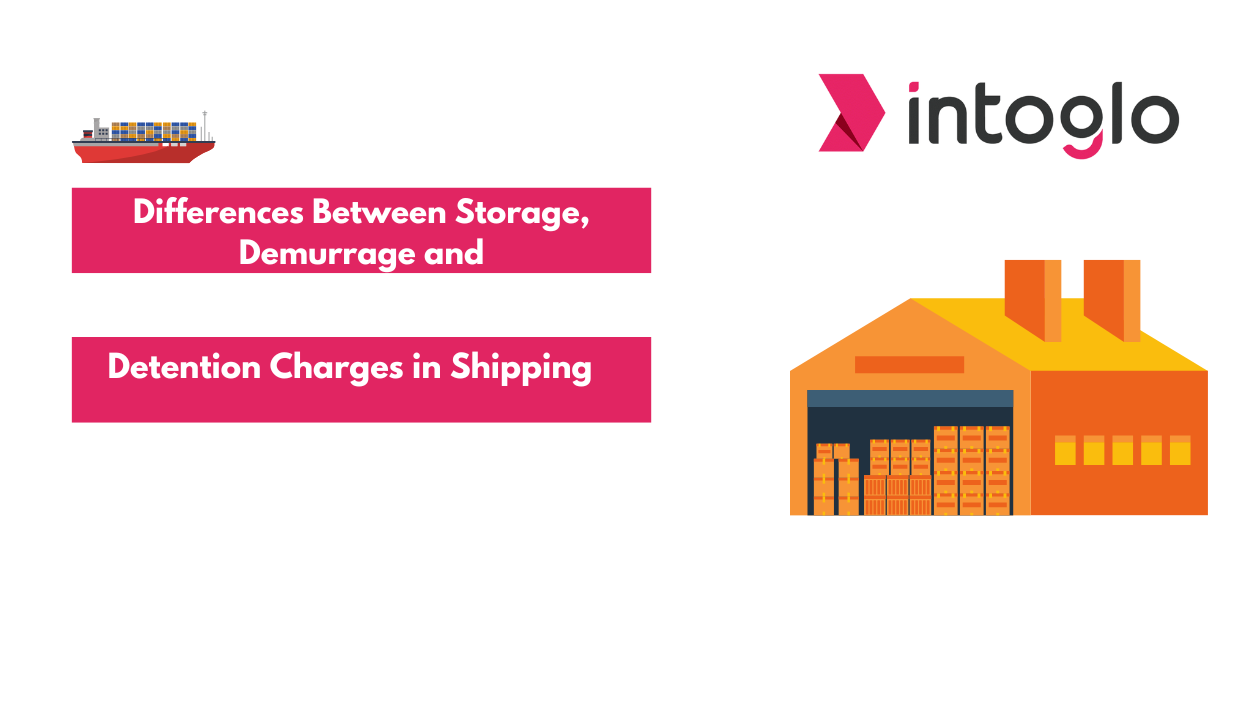

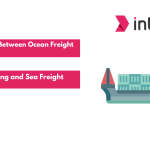
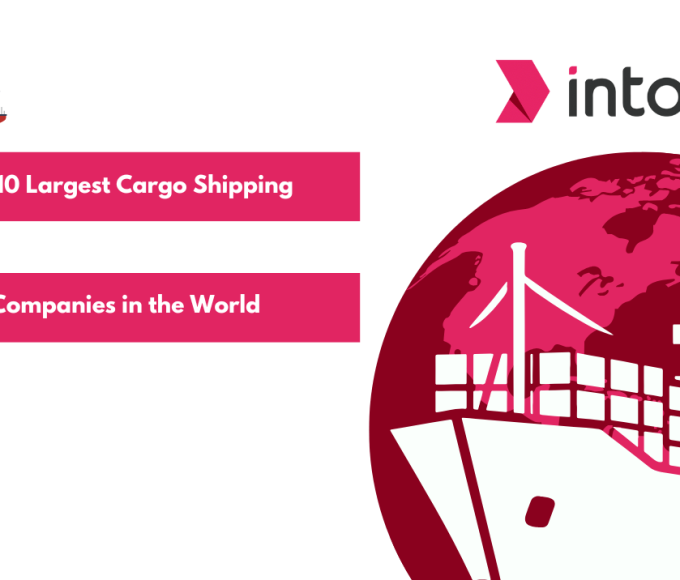
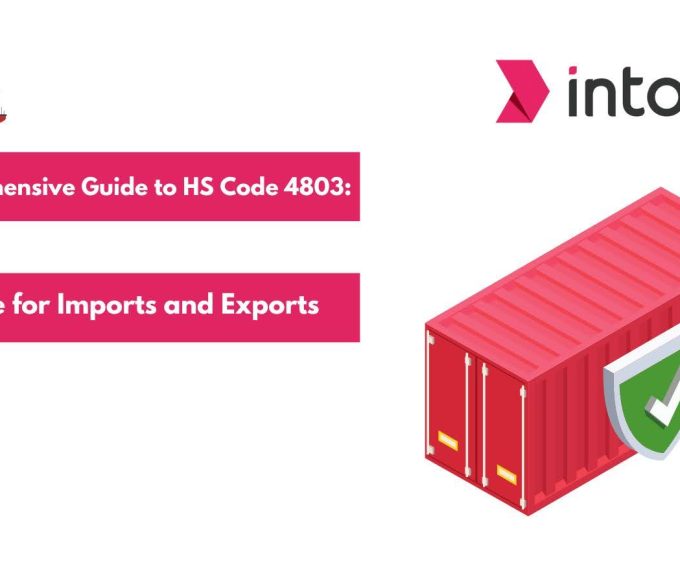
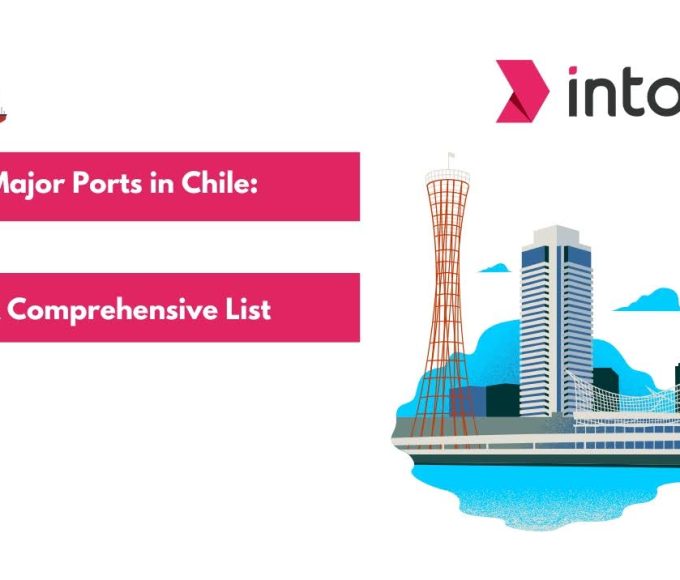
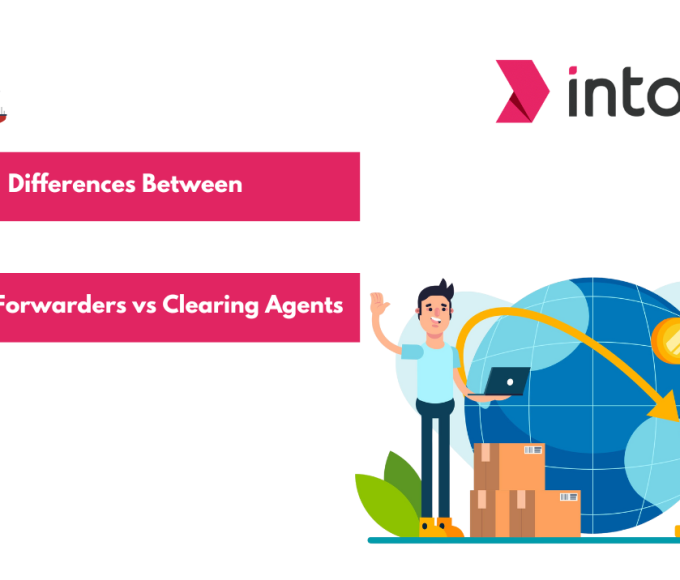
Leave a comment